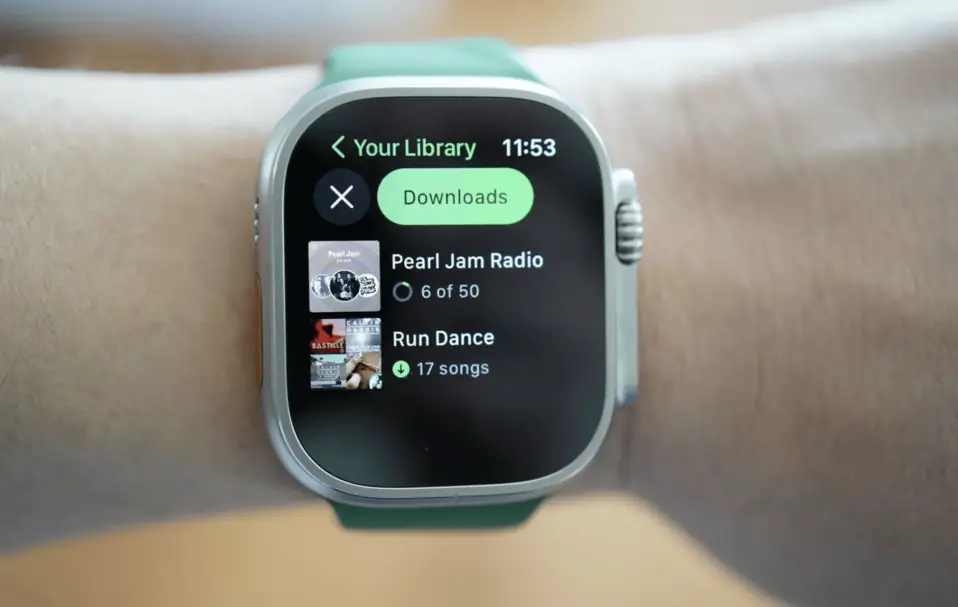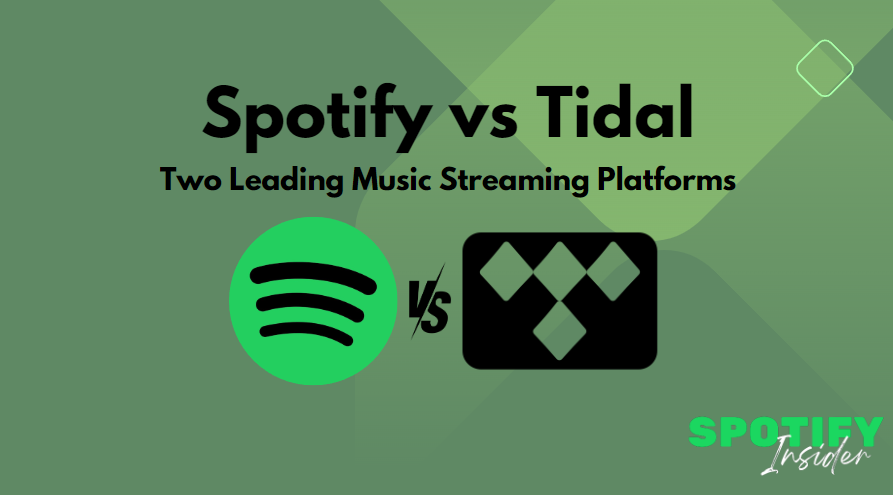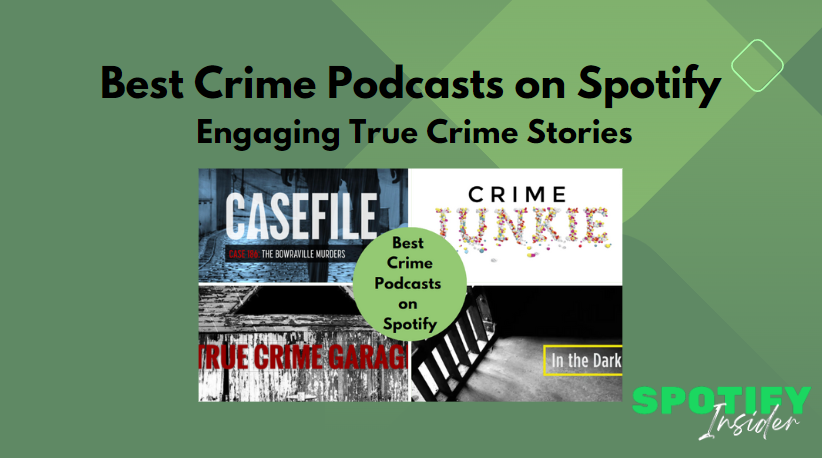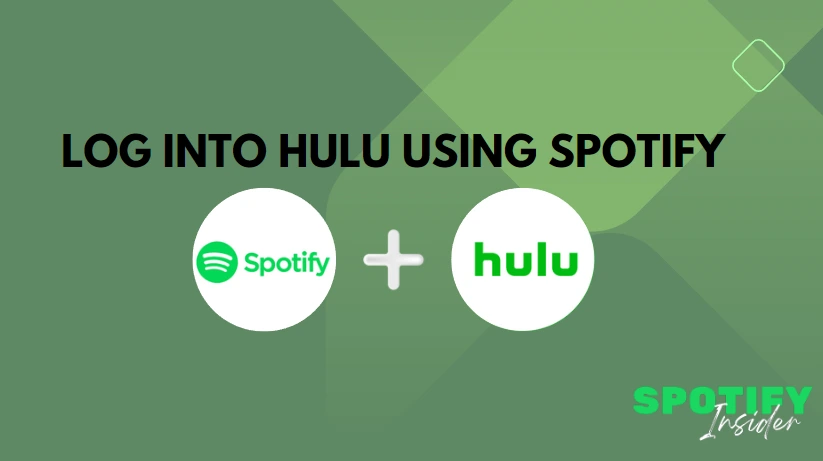With over 220 million subscribers, Spotify stands as a juggernaut in the world of music streaming, offering a vast library of artists, albums, podcasts, and audiobooks that cater to diverse tastes. It’s accessible on virtually every device, making it a go-to choice for music enthusiasts worldwide. However, for those prioritizing top-notch audio quality, Tidal emerges as a compelling alternative. Boasting hi-res content and an extensive catalog of music and videos, Tidal beckons audiophiles seeking the ultimate sonic experience.
The ongoing debate between Tidal vs Spotify has become a focal point for both casual listeners and die-hard music aficionados. These industry giants offer distinct features, sound quality, and user experiences, prompting users to weigh their options carefully. Whether you crave the crisp clarity of high-fidelity sound or value personalized music recommendations, the choice between Tidal and Spotify carries significant weight. This comprehensive comparison delves into the nuances of each platform, empowering users to make informed decisions based on their unique musical preferences.

Music Discovery: TIDAL vs. Spotify
In the vast realm of music streaming, the quest for discovery is as crucial as the melodies themselves. TIDAL and Spotify, two titans of the industry, offer distinct avenues for musical exploration. Both platforms sport sleek, dark-themed interfaces, inviting users into a world of sonic adventure.
TIDAL crafts personalized playlists dubbed “My Mix,” curating tracks from eight genres dear to your heart. Unlike Spotify’s weekly updates, these mixes evolve gradually, ensuring a tailored experience that resonates with your evolving tastes. Plus, if a particular mix strikes a chord, it’s yours to keep, immortalized as a separate playlist.
Meanwhile, Spotify amplifies the discovery journey with an array of playlist options. From the weekly gem “Discover Weekly” to the dynamic “Release Radar” showcasing fresh tunes from your favorite artists, Spotify spoils listeners with choices. Dive into up to six “Daily Mixes,” blending familiar tunes with new discoveries, or indulge in special treats like “Your Time Capsule,” a nostalgic trip down memory lane curated from your teenage musical inclinations.
In this battle of algorithms and curation, both TIDAL vs Spotify vie for supremacy in helping users unearth hidden musical gems. Whether you prefer the gradual evolution of TIDAL’s My Mix or the diverse playlist offerings of Spotify, the journey of musical discovery awaits, promising endless delights for your ears.

Price: Finding the best Value
When it comes to the cost of music streaming, both Spotify and Tidal offer various tiers to cater to different needs and budgets.
Starting with Spotify, there’s the free tier, supported by ads and offering limited features. However, to unlock the full potential of Spotify, the Premium plan comes in at $11 per month for individual users. Couples can opt for the Spotify Premium Duo plan at $15 per month, while students enjoy a discounted rate of $6 per month, complete with a complimentary Hulu subscription and access to Showtime.
Families can join in too, with a six-person plan priced at $17 per month, boasting parental controls for added peace of mind. New users can explore Spotify Premium free for 30 days, regardless of the chosen plan, and all paid subscriptions grant the luxury of offline downloads on multiple devices, capped at 10,000 songs.

On the Tidal front, the free tier offers ad-supported listening with limited track quality. However, for those seeking superior audio experiences, the HiFi and HiFi Plus plans are the main attractions. The Spotify HiFi plan, priced at $11 per month, unlocks ad-free access to Tidal’s extensive music and video library, enhanced track quality up to 16-bit 44.1kHz, and features like Live on Tidal for shared listening experiences. Stepping up to the HiFi Plus plan at $20 per month, users can indulge in the highest audio quality possible, with certain tracks available at up to 24-bit 192kHz, alongside support for hi-res formats like FLAC and Dolby Atmos.

Both platforms offer discounts for students, families, military personnel, and first responders, with Tidal even offering a free trial for its premium tiers. Ultimately, in the battle of price points, Spotify takes the crown for its lower monthly costs across the board, making it a more accessible option for budget-conscious music enthusiasts.
Sound Quality: Delving into the Depths of Audio
When it comes to the sonic experience, assessing sound quality can often be more straightforward than navigating the vast ocean of music offerings. Spotify’s standard streaming quality, clocking in at 320kbps, generally provides a satisfying auditory journey for most listeners. Whether you’re casually enjoying music or battling noisy surroundings, Spotify’s compression delivers a commendable performance.
Similarly, Tidal’s free tier matches Spotify’s standard quality, ensuring a comparable listening experience. However, for those craving a more immersive sonic adventure, Tidal’s HiFi Plus membership reigns supreme. With its promise of lossless, CD-quality streams across its entire library and a selection of hi-res tracks, Tidal elevates the listening experience to new heights.
Also check: 8 Best Noise Cancelling Headset In 2024
Yet, there’s a slight catch. To fully embrace Tidal’s high-bandwidth streams, users may require compatible devices and, in some instances, a DAC (Digital-to-Analog Converter). While most of Tidal’s supported devices effortlessly handle lossless CD-quality streams, mobile users should be wary of data consumption, as these streams can swiftly devour data allowances, especially hi-res tracks.

Venturing into the realm of hi-res audio, Tidal delivers a diverse array of formats like Dolby Atmos, Sony 360 Reality Audio, and MQA (Master Quality Authenticated). While some devices may limit the quality of MQA streams (such as certain Apple devices), others unlock the full depth of studio-quality audio. For enthusiasts seeking unparalleled audio fidelity, Tidal’s commitment to hi-res formats offers a tantalizing sonic oasis.
In the showdown of sound quality, Tidal emerges victorious, catering to discerning ears with its meticulous attention to audio detail and dedication to delivering a premium auditory experience.
TIDAL vs Spotify: Exploring the Depths of Content
In the realm of music streaming, the battle between TIDAL vs Spotify extends far beyond mere song counts. Both platforms boast vast libraries, yet their content offerings diverge in intriguing ways.
With over 90 million tracks, TIDAL stands as a veritable treasure trove for music aficionados. Artists sometimes choose TIDAL as an exclusive launchpad for their latest creations, withholding releases from other platforms for extended periods. This exclusivity adds a layer of allure to TIDAL’s catalog, making it a haven for those seeking fresh sounds and hidden gems.
In contrast, Spotify’s extensive collection of about 82 million tracks remains a formidable force in its own right. While the direct submission program for independent artists has been discontinued, Spotify remains a powerhouse for music discovery. From personalized playlists to artist-curated selections and concert listings, Spotify caters to both listeners and creators, fostering a vibrant musical ecosystem.
While Spotify dominates the podcasting landscape with over 4 million offerings, TIDAL takes a different approach, prioritizing musical content. TIDAL’s library boasts over 450,000 exclusive videos, including music videos, live performances, and documentaries, offering a visual dimension to the auditory experience.
Moreover, TIDAL’s commitment to artist support sets it apart. With higher payouts per stream and initiatives like TIDAL Rising, which nurtures emerging talent, TIDAL emerges as a champion for musicians, offering tangible support and exposure to budding artists.
In the realm of content, both TIDAL vs. Spotify carve out unique niches, catering to diverse tastes and preferences. Whether you’re drawn to TIDAL’s exclusivity and artist-centric approach or Spotify’s vast selection and podcast prowess, each platform offers a wealth of content waiting to be explored.
Supported Devices: Bridging the Digital Divide
When it comes to compatibility, both Tidal and Spotify strive to cater to a wide range of platforms and devices, ensuring seamless access to your favorite tunes wherever you go.
Tidal boasts apps for all major platforms, including Windows, MacOS, iOS, tvOS, Android, and Android TV, making it accessible across a variety of devices. Its commitment to audiophiles shines through with support for high-end streaming components from renowned brands like Astell & Kern, Devialet, and Meridian, among others. However, Tidal’s support for more common devices, such as game consoles and Roku platforms, may be lacking. Users seeking Tidal on these devices might need to resort to signing up for a Plex account and integrating their Tidal account with Plex for wider accessibility.
On the other hand, Spotify not only covers the major platforms comprehensively but also boasts support for a plethora of connected audio devices. From smart speakers to smartwatches, and even some of the high-end brands favored by Tidal, Spotify’s device compatibility is second to none among music streaming services.

In the battle of supported devices, Spotify emerges as the clear victor, offering unparalleled accessibility across a diverse array of platforms and gadgets, ensuring that music lovers can enjoy their favorite tracks with ease, regardless of their preferred device.
What to Choose Between TIDAL and Spotify?
When it comes to selecting the right streaming service, both TIDAL and Spotify stand tall among the crowd. However, understanding the key distinctions between the two can help you make an informed decision.
TIDAL places a strong emphasis on fostering a deep connection between artists and listeners, prioritizing the authenticity of the music experience. With offerings like TIDAL HiFi Plus, audiophiles seeking the pinnacle of sound quality find solace in its high-fidelity audio. Yet, it’s worth noting that this premium experience comes at a higher price point compared to Spotify Premium.
On the flip side, Spotify shines in its commitment to the individual listener’s journey, focusing on music discovery and social sharing. While Spotify currently lacks high-fidelity audio options, its intuitive algorithms and seamless social integrations make it a favorite among those eager to explore new tunes and share their musical discoveries with friends.
If you’re equipped with top-notch audio gear and crave the absolute best in sound quality, TIDAL emerges as the clear choice. However, for the majority of listeners, Spotify’s robust recommendation algorithms and social features offer a more tailored and engaging experience.
Ultimately, both TIDAL and Spotify have earned their popularity for valid reasons. Your decision boils down to your personal preferences and priorities. Whether you prioritize artist connectivity and superior sound quality or crave seamless music discovery and social sharing, the choice rests in your hands.
FAQ’s
Is Tidal actually better than Spotify?
Whether Tidal is “better” than Spotify depends on individual preferences. Tidal offers hi-fi and master quality sound, which may appeal to audiophiles or those who prioritize sound quality. Spotify, on the other hand, has a vast music library and is well-known for its curated playlists and discovery features. So, if sound quality is a priority, Tidal might be viewed as better, but for playlist variety and discovery, Spotify has its strengths.
Is Tidal worth the extra money?
For audiophiles or those with high-quality audio equipment, Tidal’s hi-fi and master quality streams may justify the additional cost. However, for casual listeners, the difference may not be significant enough to warrant the expense.
Does Tidal sound better than Spotify Bluetooth?
Tidal’s hi-fi and master quality tracks offer better sound quality compared to Spotify’s standard streaming. However, when streaming over Bluetooth, there can be a limitation based on Bluetooth’s bandwidth. This means that the advantages of Tidal’s hi-fi and master quality might be somewhat diminished. But for devices or setups that support higher-quality Bluetooth codecs (like aptX HD or LDAC), the difference might be noticeable.
Which is cheaper, Spotify or Tidal?
As of 2024, Spotify’s subscription plans are generally more affordable than Tidal’s.



